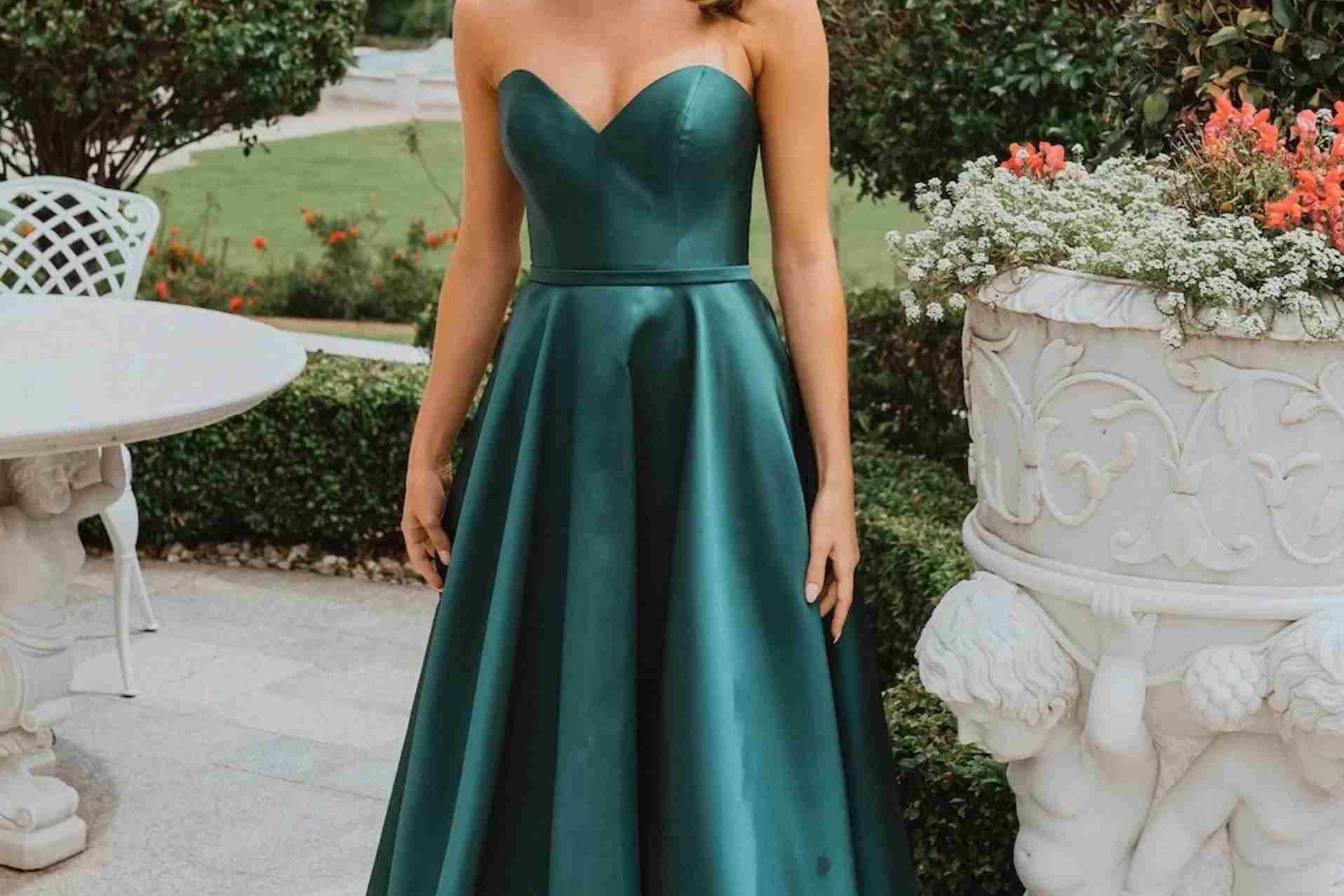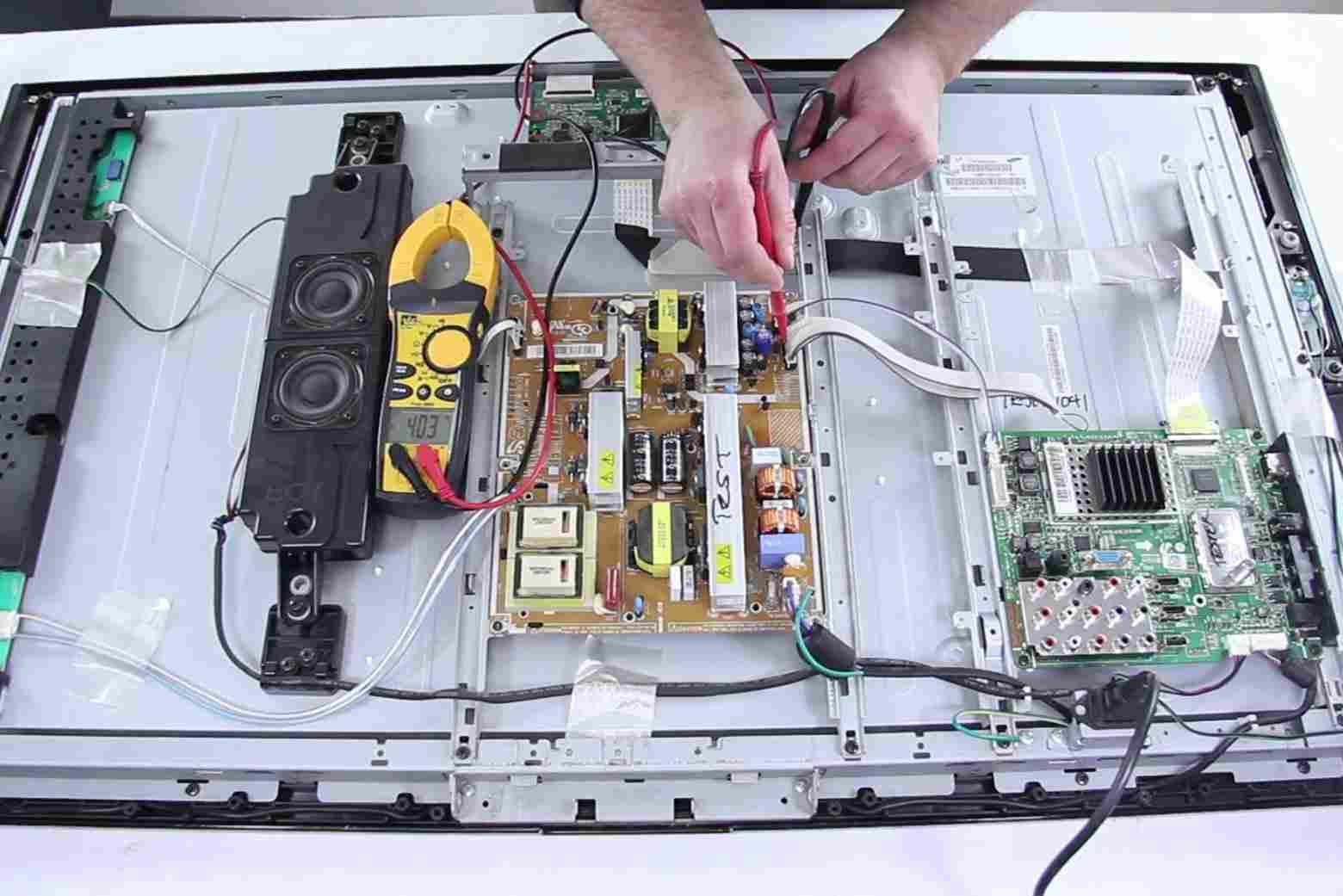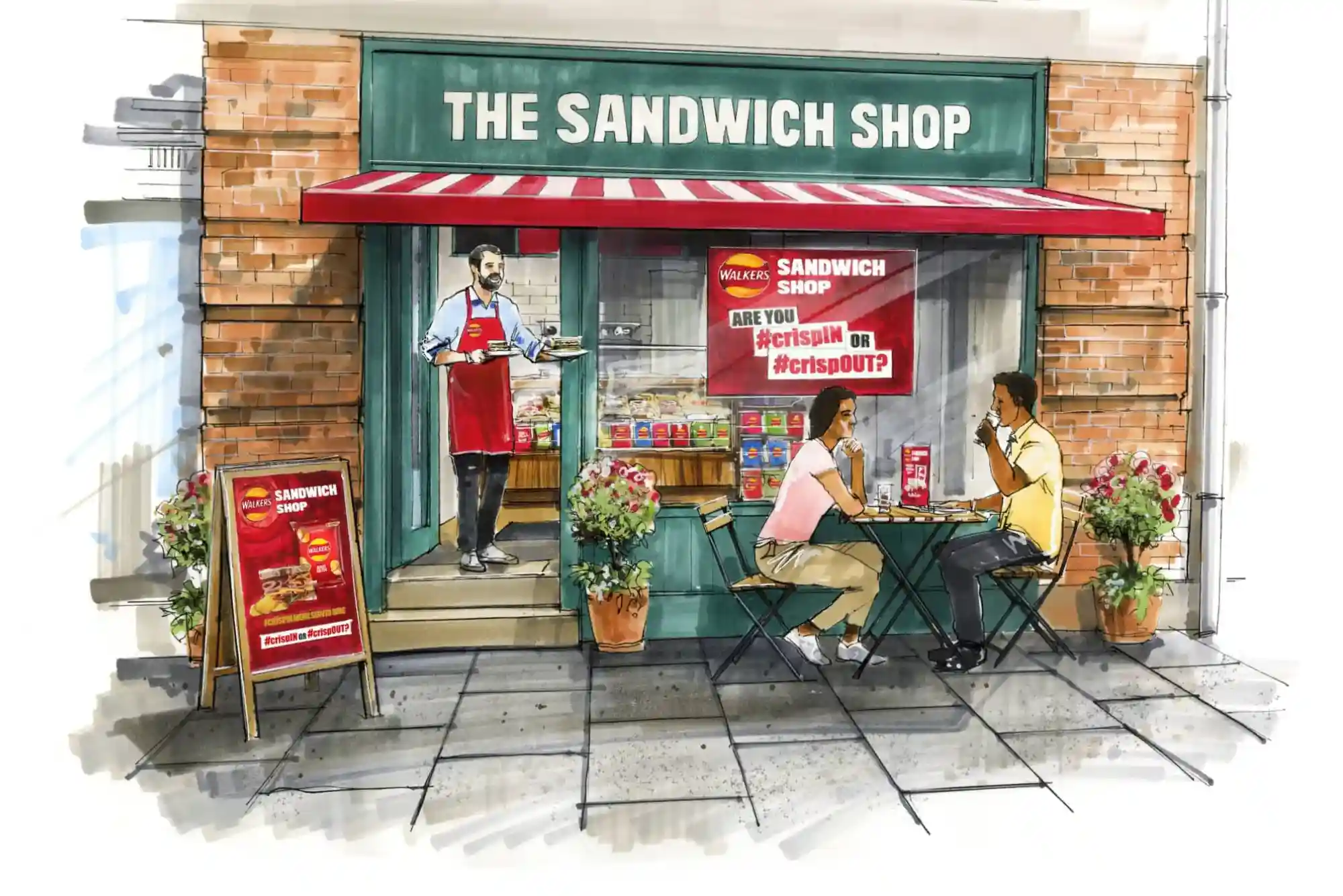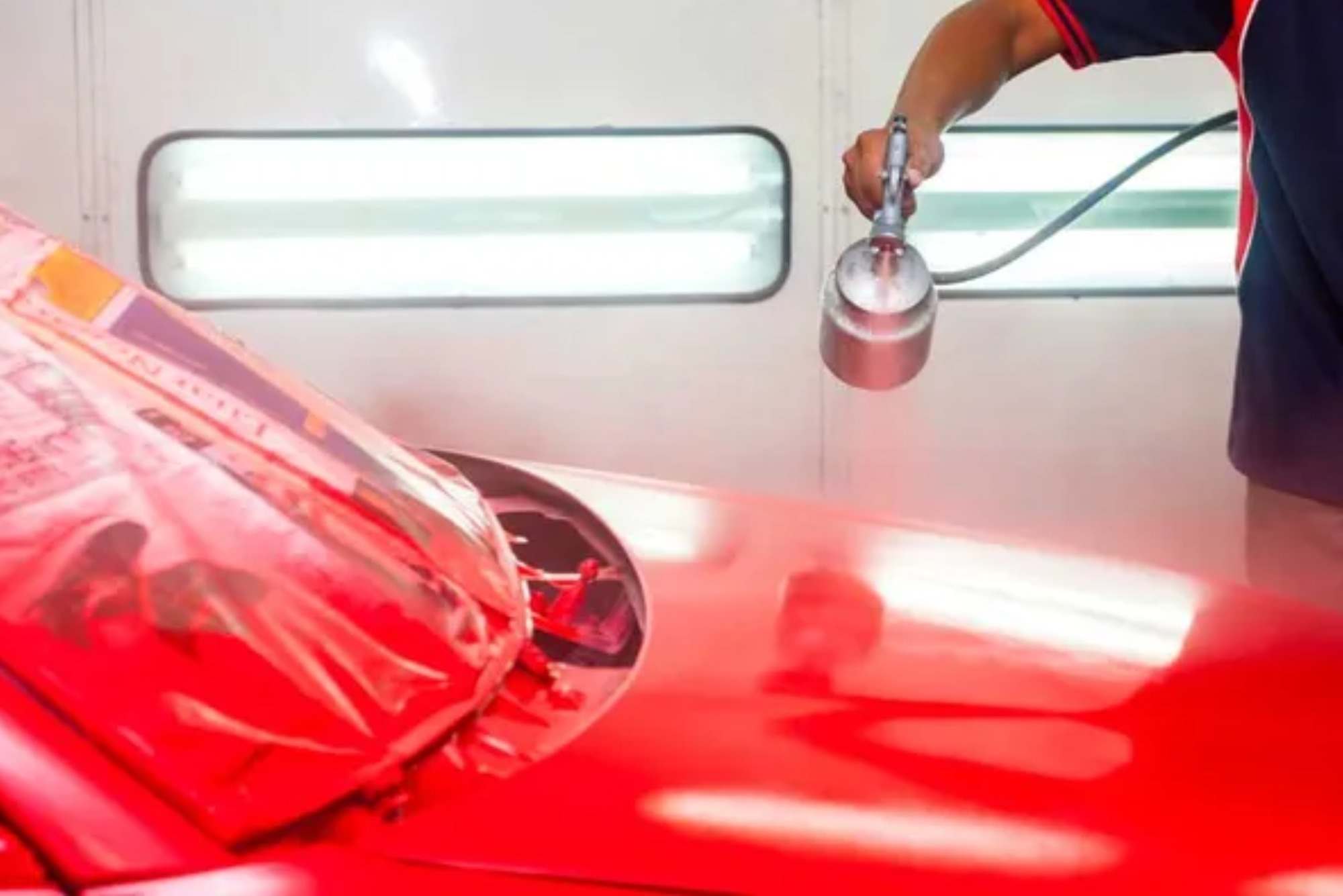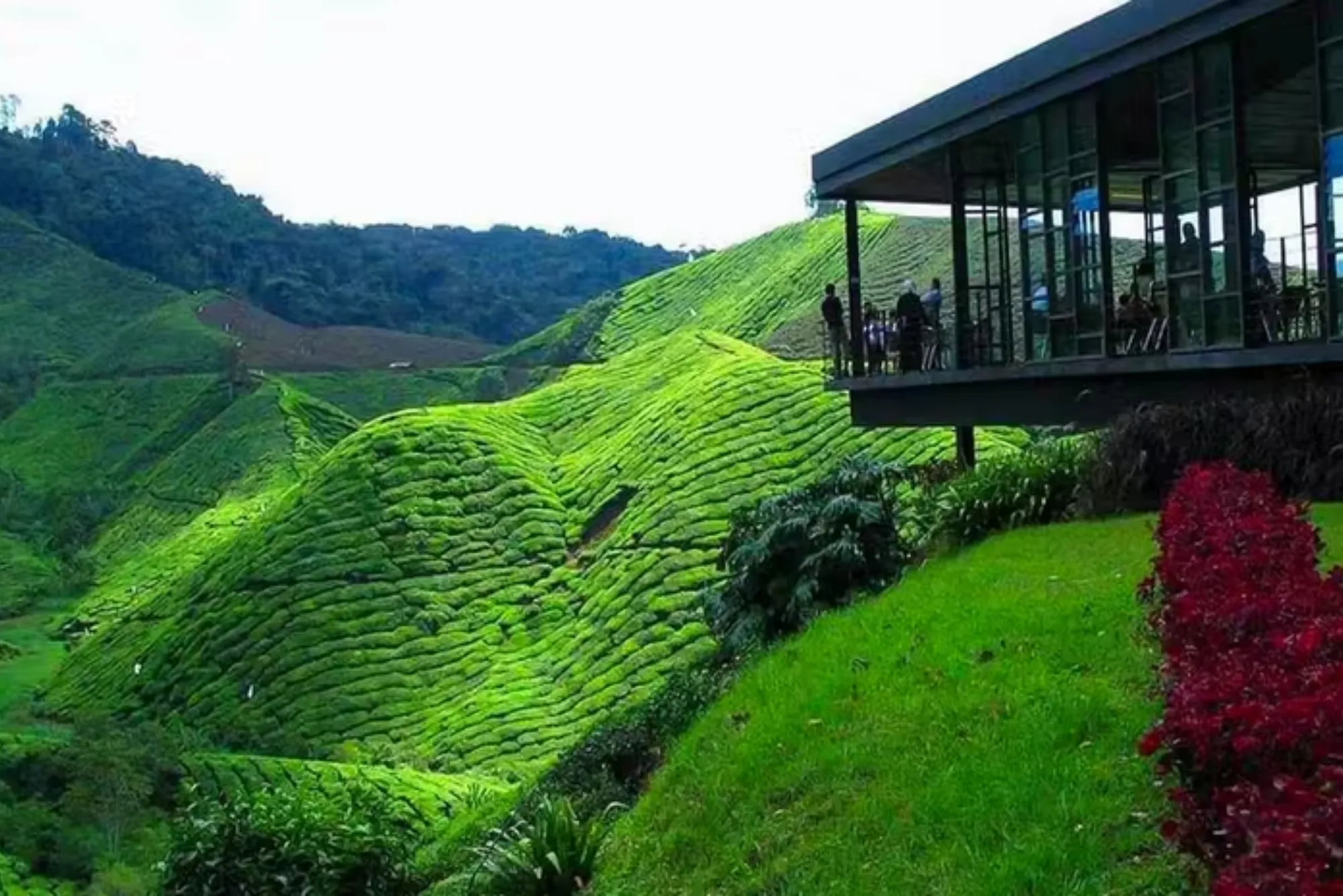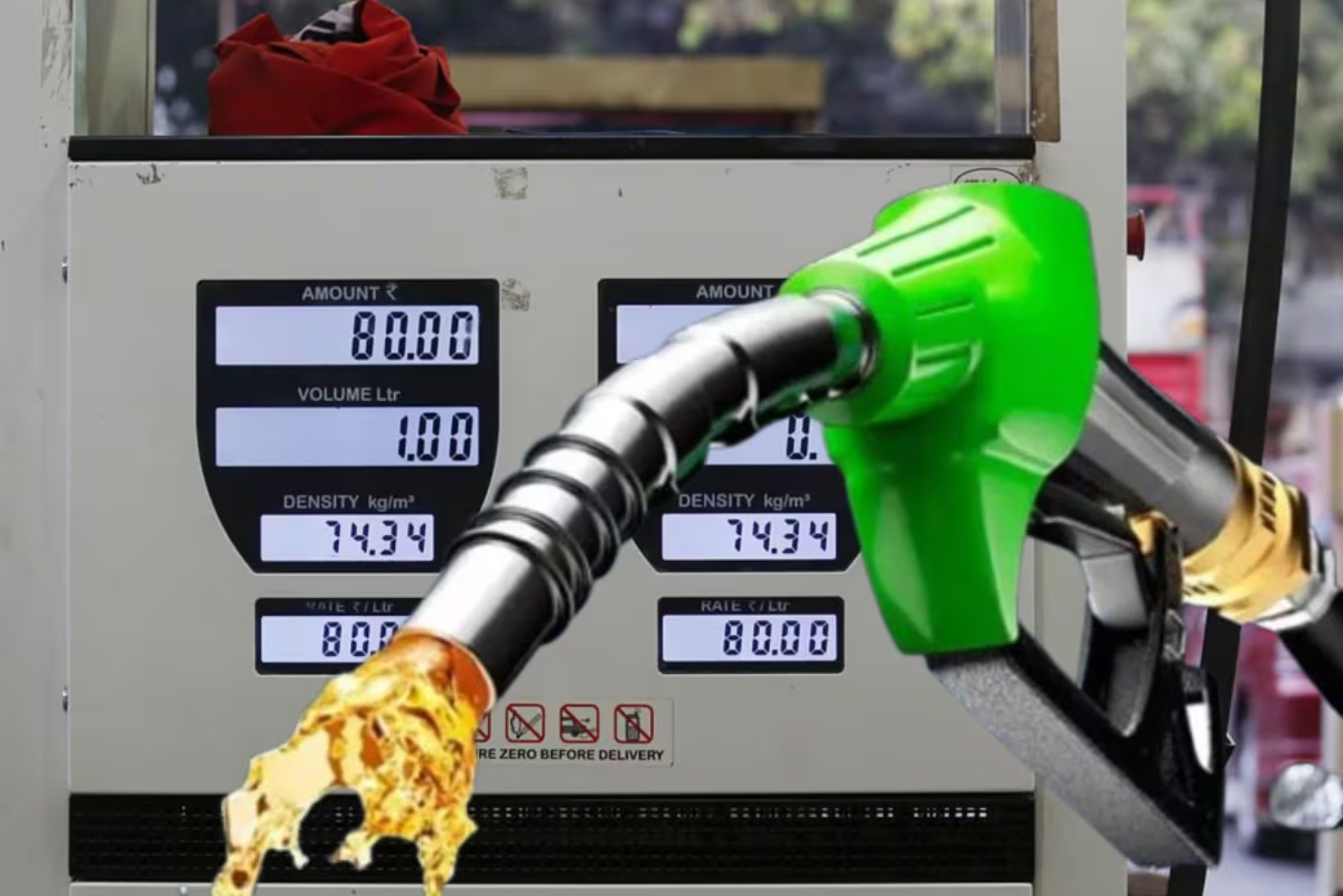As Pakistan’s textile and hosiery sector grows, particularly in South Punjab regions like Multan, Bahawalpur, and Dera Ghazi Khan, sustainability is becoming a central concern. Buyers across the EU, GCC, and even local eCommerce platforms are shifting preference toward products with eco-friendly packaging.
But the big question remains for manufacturers and exporters:
Is eco-friendly hosiery packaging really worth it?
Or is it just another costly trend with minimal business value?
In this article, we break down the costs, benefits, and real-world applications of switching to green hosiery packaging—backed by field insights, verified data, and Pakistan’s national initiatives like STZA and Ignite aimed at improving manufacturing competitiveness.
Why Eco-Friendly Hosiery Packaging Is Gaining Global Momentum
Quick Answer: It reduces environmental impact, meets export compliance, and appeals to modern consumers.
Sustainable packaging isn’t just about ethics—it’s about adapting to market expectations. According to a 2024 NielsenIQ study, 73% of consumers worldwide prefer brands with sustainable packaging. Major fashion retailers now require packaging that’s biodegradable, recyclable, or reusable—especially in textile-heavy categories like hosiery.
Global Packaging Trends Impacting Hosiery Brands:
-
EU mandates for plastic-free packaging by 2030
-
UK’s Plastic Packaging Tax on non-recycled content
-
Middle Eastern retailers adopting eco certifications
🧠 Regional Insight: Hosiery suppliers in Rahim Yar Khan have begun testing biodegradable polybags after a UAE buyer imposed strict packaging audit standards in early 2024.
Biodegradable Hosiery Packaging Materials
Quick Answer: Compostable cornstarch, kraft paper, and cellulose films are top alternatives to plastic.
Traditional packaging—PVC wraps, laminated cards, and non-recyclable boxes—is unsustainable and costly in the long term. Biodegradable materials break down naturally and reduce landfill impact.
Popular Biodegradable Options for Hosiery Packaging:
-
Kraft paper wraps for single socks or gift sets
-
Cornstarch-based clear bags for transparency and softness
-
PLA (Polylactic Acid) films for inner sleeves
-
Mushroom fiber inserts for cushioning premium boxes
🎯 Example: A brand in Bahawalpur shifted from PVC to kraft wraps and saw a 20% decrease in material cost over 12 months due to easier disposal and bulk ordering.
Cost vs. ROI of Eco-Friendly Packaging
Quick Answer: Upfront costs may be higher, but long-term brand value and buyer retention improve.
Yes, switching to sustainable materials costs more initially—often 15–25% higher per unit. But when viewed through the lens of branding, repeat sales, and reduced waste penalties, eco-packaging delivers strong returns.
| Factor | Traditional Packaging | Eco-Friendly Packaging |
|---|---|---|
| Initial Material Cost | Lower | Slightly higher |
| Export Compliance Readiness | Often non-compliant | High |
| Customer Retention | Medium | High |
| Disposal Cost | Higher (non-recyclable) | Lower (compostable) |
| Brand Perception | Generic | Positive, forward-looking |
💬 Expert Quote:
“Eco-packaging is no longer optional. Buyers are rewarding brands that show environmental responsibility.”
— CEO, Ignite Pakistan Tech Cluster
Recyclable Hosiery Packaging Alternatives
Quick Answer: Cardboard sleeves, printed kraft belly bands, and paper tapes offer 100% recyclability.
Recyclability adds value without depending on industrial composting. It gives customers clear disposal instructions and reduces your brand’s carbon footprint.
Top Recyclable Hosiery Packaging Formats:
-
Single-layer kraft boxes with soy ink
-
Plain paper-based hang tags
-
Water-activated paper tape for sealing
-
Minimal ink printing (monochrome or embossed)
🧠 Tip from Sahiwal: A factory exporting to Belgium added QR code-based disposal instructions to recyclable hosiery sleeves—earning them a long-term contract extension.
Hosiery Packaging Waste Reduction Techniques
Quick Answer: Simplify packaging design, reduce material layers, and eliminate plastic windows.
Eco-conscious design is just as important as material. Even sustainable packaging can generate waste if it’s overengineered or bulky.
Strategies for Waste Reduction:
-
Flat-fold packaging for socks to reduce box volume
-
Switch from inserts to printed instructions
-
Use die-cut windows instead of plastic
-
Standardize box sizes across product lines
📦 STZA Highlight: A hosiery SME in Muzaffargarh, trained under the STZA Smart Manufacturing Program, reduced packaging SKUs from 12 to 6—cutting waste by 32%.
Customer Perception of Eco-Friendly Packaging
Quick Answer: It builds trust, adds unboxing appeal, and reflects brand values.
Today’s consumers, especially in the 18–35 demographic, are highly influenced by sustainability. Eco-packaging increases shareability on social media, especially in eCommerce.
What Buyers Love About Eco-Packaging:
-
Minimalist design (aesthetically pleasing)
-
Natural textures (e.g., kraft touch)
-
Visible commitment to sustainability
-
QR codes explaining eco-efforts
🎯 Case Study from Multan: An eCommerce sock seller received a 4.9/5 customer rating average after shifting to eco-packaged bundles with handwritten notes on recycled paper.
Midpoint Anchor Text Placement
For Pakistani hosiery producers aiming to meet modern packaging expectations, platforms like Buddy Packaging offer tailored hosiery packaging solutions. Their eco-friendly line supports compliance, custom branding, and sustainable performance—ideal for businesses in humid regions like South Punjab and those exporting to the EU.
Export-Ready Eco Packaging for Hosiery
Quick Answer: Buyers expect sustainable packaging with clear certifications and traceability.
Many EU retailers now request FSC (Forest Stewardship Council) or PEFC-certified packaging. Uncertified plastic-heavy packs may lead to rejected shipments or reduced shelf priority.
Checklist for Export-Ready Green Packaging:
-
FSC/PEFC logo printed clearly
-
Recyclable, non-laminated paperboard
-
Avoid plastic fillers or bubble wrap
-
Documentation of packaging content (for audits)
📈 Regional Example: Hosiery exporters in Faisalabad now include sustainability compliance reports as part of buyer onboarding, thanks to consultation from Ignite-led exporters’ hubs.
Custom Eco-Friendly Hosiery Packaging Options
Quick Answer: Custom green packaging helps you stand out without compromising sustainability.
Eco doesn’t mean boring. From drawstring hemp bags to seed-embedded packaging, brands are innovating in packaging design while staying planet-friendly.
Custom Eco Ideas for Hosiery Brands:
-
Seed-paper belly bands that grow plants when planted
-
Embossed kraft boxes with matte finish
-
Fabric wraps (furoshiki-style) for high-end lines
-
Cotton string tags instead of plastic hang loops
💡 Inspiration from Lodhran: A women-led hosiery brand launched a kids’ socks line using coloring-book-style packaging on recycled board—a hit with EU customers.
People Also Ask
Q1: Is eco-friendly hosiery packaging more expensive?
Yes, initially—but long-term savings and customer loyalty often outweigh the cost.
Q2: What materials are used in sustainable hosiery packaging?
Kraft paper, soy-based inks, PLA films, and cornstarch bags are top choices.
Q3: How can I reduce waste in my hosiery packaging line?
Use minimal designs, recyclable materials, and avoid plastic windows or inserts.
Q4: Do buyers prefer eco-friendly packaging?
Yes. Global research shows buyers associate eco-packaging with higher quality and social responsibility.
Q5: Can I use custom eco-friendly packaging for exports?
Absolutely. Many suppliers offer certified options that meet EU and GCC regulations.
Q6: How do I start switching to sustainable packaging?
Start small—replace sleeves with kraft wraps or try recyclable tags. Gradually expand based on buyer feedback.
Q7: Does sustainable packaging affect product protection?
Not if designed well. Eco-materials today offer similar durability with less environmental harm.
Final Thoughts
As someone who works closely with small and medium hosiery businesses across South Punjab, I’ve witnessed how quickly buyer expectations have evolved. What used to be a low-cost, plastic-heavy industry is now under pressure to align with global sustainability goals.
Thanks to forward-thinking initiatives like Ignite’s Packaging Innovation Grants and STZA’s SME Acceleration Programs, local manufacturers now have access to eco-design tools, supplier databases, and R&D support. That means eco-packaging isn’t just for big brands anymore—it’s achievable for textile businesses in Vehari, Bahawalnagar, and Mianwali too.
Eco-friendly hosiery packaging isn’t just “worth it”—it’s the future-proof choice. One that aligns with your market, mission, and responsibility as a global business.








